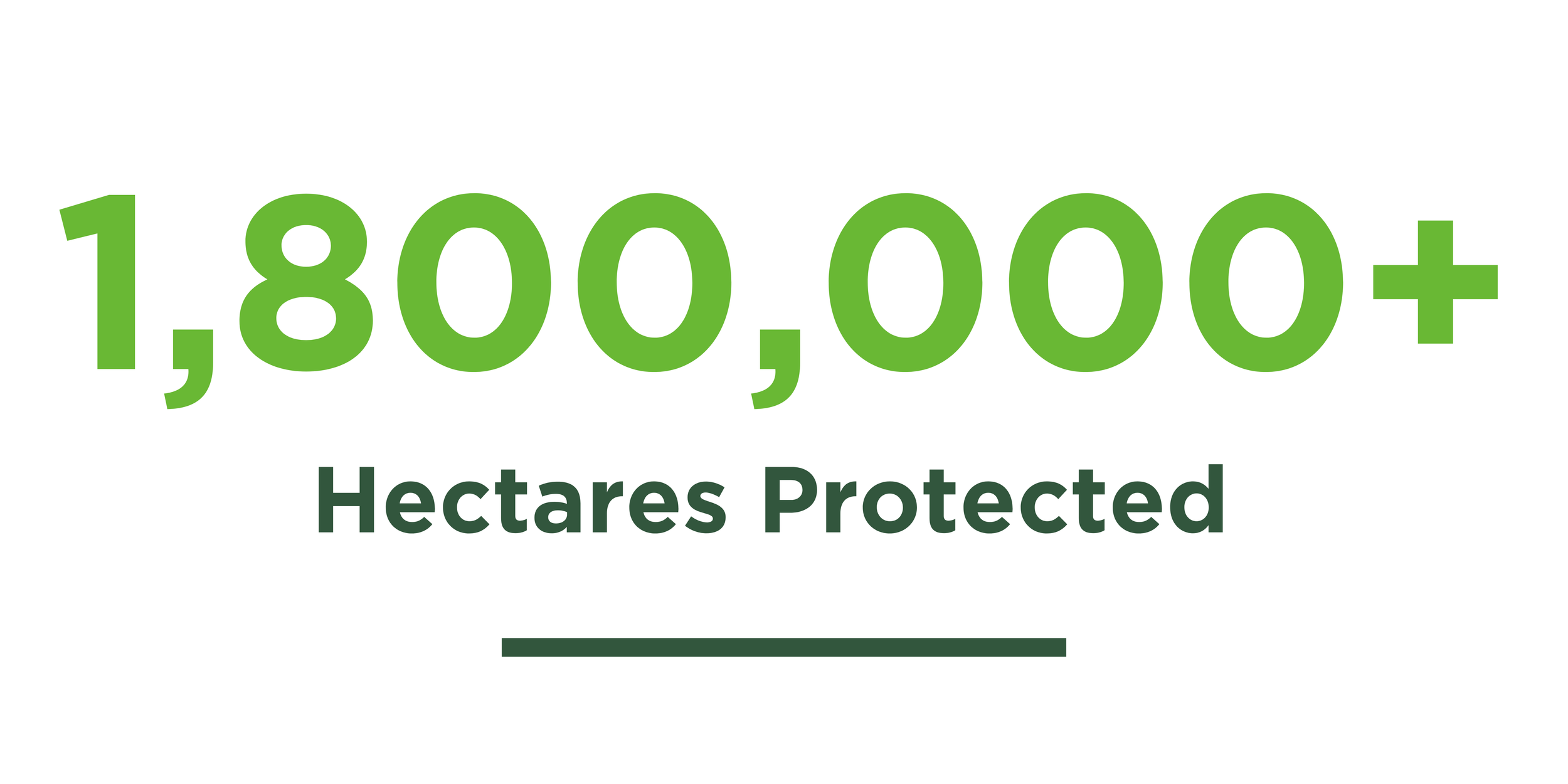80% REDUCTION IN POACHING
70% REDUCTION IN DEFORESTATION
60% REDUCTION IN LAND CONVERSION
42% OF PROGRAM BENEFICIARIES ARE
WOMEN
85% OF PROGRAM BENEFICIARIES ARE INDIGENOUS
The data below allows you to explore our journey and impact over time in greater detail.
Our Published Research

Be part of the solution!

















